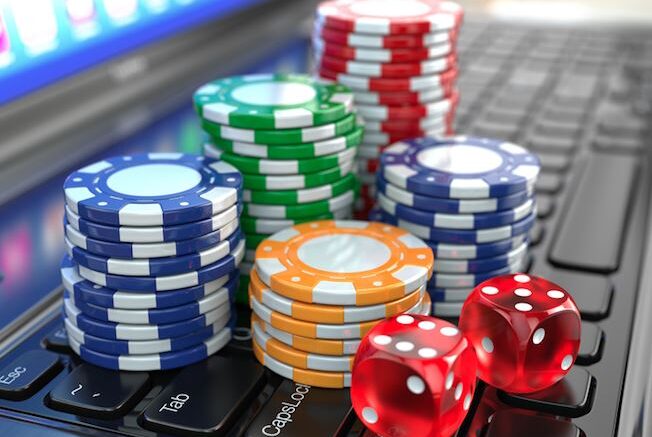Bluffing is a crucial skill to master in casino poker games, as it allows you to manipulate and deceive your opponents into making incorrect decisions. While bluffing involves risk, understanding the strategies and techniques behind successful bluffs can greatly enhance your chances of winning. In this post, we will explore the art of bluffing in casino poker games and provide tips to help you become a skilled and effective bluffer.
- Reading Your Opponents:
Effective bluffing starts with observing and analyzing your opponents. Look for signs of weakness, such as hesitation, nervousness, or changes in behavior. Players who display these characteristics may be more susceptible to your bluff. Additionally, pay attention to their betting patterns and tendencies, as this can provide valuable information to inform your bluffing decisions.
- Selecting the Right Moments:
Timing is crucial when it comes to bluffing. Choose your bluffing opportunities wisely, based on the game situation and your opponents’ behavior. Bluffing works best in situations where the board cards may not have helped your opponents, or when your betting actions convey a strong hand. Bluffing too frequently can lead to predictability, so vary your bluffing frequency to keep opponents guessing.
- Storytelling with Your Bets and Raises:
To make your bluff believable, it is essential to tell a convincing story with your betting patterns. Your bets and raises should align with the story you want to convey. A well-structured storyline can make your opponents believe you have a strong hand, encouraging them to fold. However, be mindful of overbetting, as this can make your bluff appear too obvious and potentially backfire.
- Maintain a Strong Table Image:
Building a table image as a tight and solid player can work to your advantage when bluffing. By consistently playing strong hands and only betting when you have a credible reason, you create an impression that you are a cautious and selective player. This can make your bluffs more effective, as opponents may be more inclined to believe your strong hand narrative.
- Utilize the Power of Body Language:
Your body language can play a significant role in bluffing. Maintain a calm and composed demeanor when bluffing to avoid giving away any signs of nervousness or excitement. Controlling your facial expressions, eye contact, and hand movements can ensure that your bluff remains undetectable. However, be cautious of opponents who are skilled at reading body language and adjust your tactics accordingly.
- Understanding When to Give Up:
Knowing when to abandon a bluff is just as important as executing it. If your opponents show strength or strongly indicate they have a strong hand, it may be wise to fold and cut your losses. Trying to force a bluff in such situations often leads to costly mistakes. Assess the situation and be ready to adapt your strategy accordingly.
Conclusion:
Bluffing is an essential element of successful poker gameplay, allowing you to win pots when you don’t have the best hand. By mastering the art of bluffing, reading your opponents’ behavior, timing your bluffs effectively, telling a convincing story with your bets, maintaining a strong table image, and utilizing body language control, you can become a skilled bluffer. Remember to practice and refine your bluffing skills over time, and always be mindful of the risks involved. With experience and strategic decision-making, you can master the art of bluffing and gain an edge at the casino poker table.
